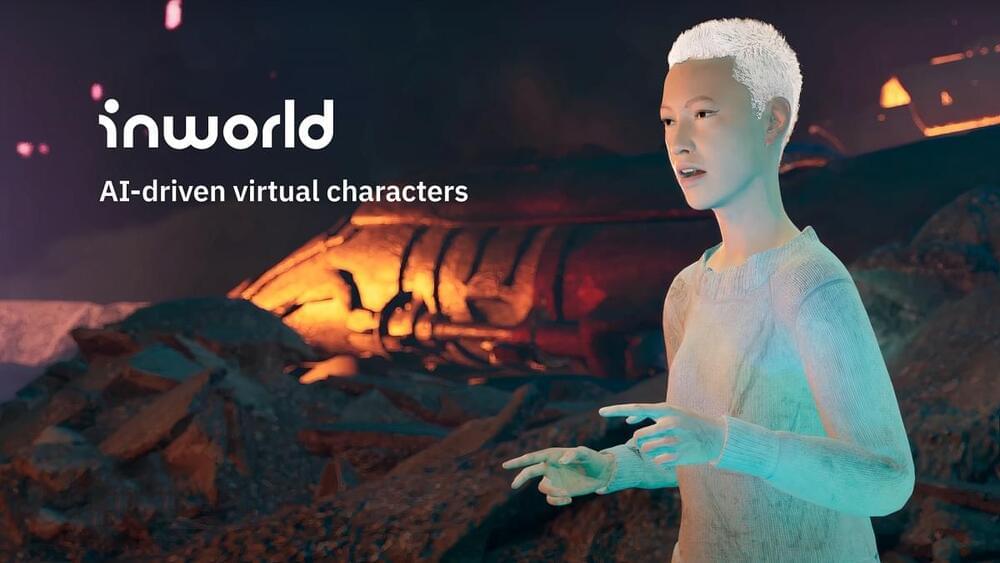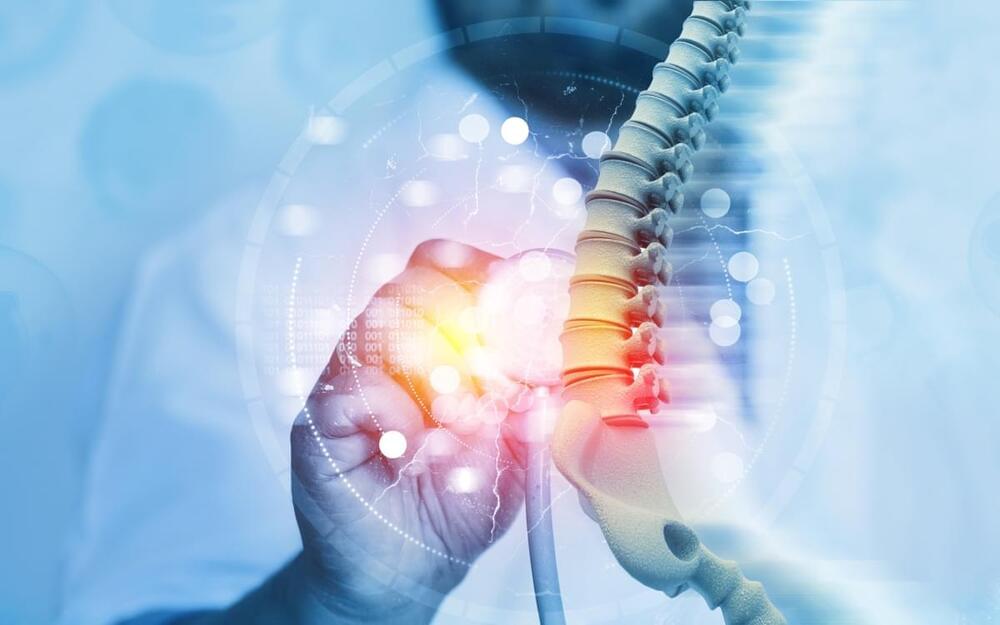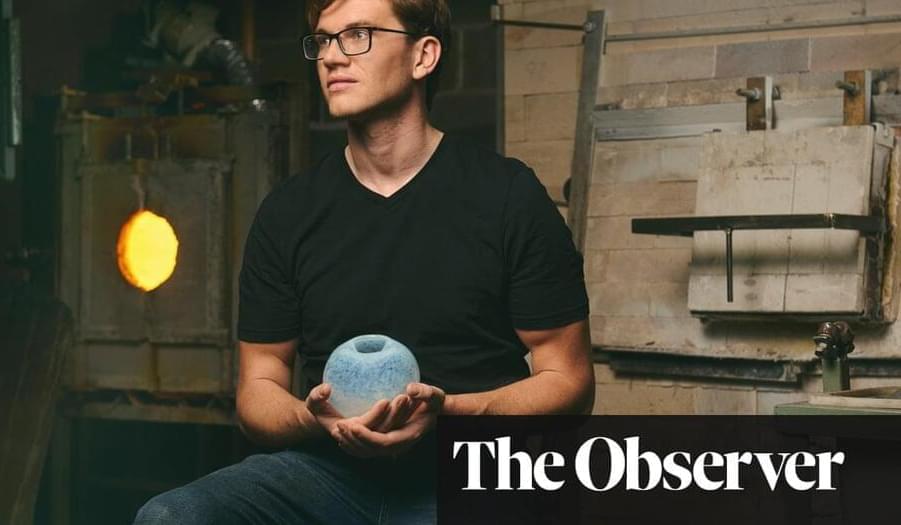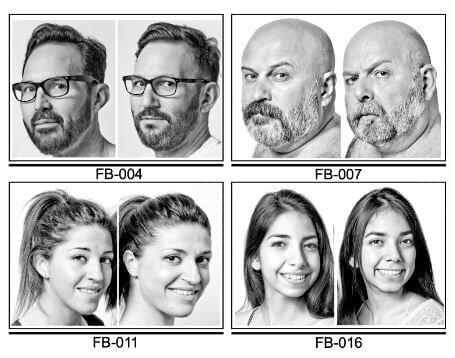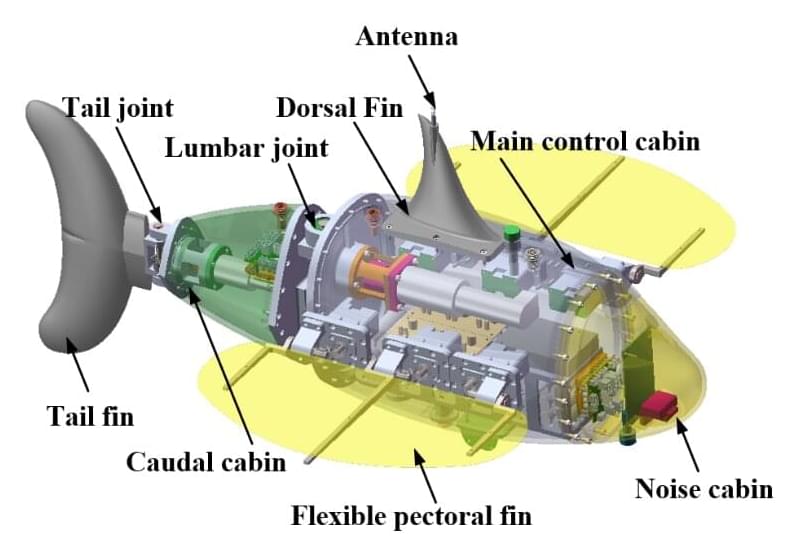Aug 24, 2022
Brain stimulation leads to long-lasting improvements in memory
Posted by Dan Breeden in category: neuroscience
Memory boost
Using a non-invasive method of stimulating the brain known as transcranial alternating current stimulation (tACS), which delivers electrical currents through electrodes on the surface of the scalp, Reinhart’s team conducted a series of experiments on 150 people aged between 65 and 88. Participants carried out a memory task in which they were asked to recall lists of 20 words that were read aloud by an experimenter. The participants underwent tACS for the entire duration of the task, which took 20 minutes.
After four consecutive days of this protocol, participants who received high-frequency stimulation of the dorsolateral prefrontal cortex had an improved ability to remember words from the beginning of the lists, a task that depends on long-term memory. Low-frequency zaps to the inferior parietal lobe enhanced participants’ recall of items later in the lists, which involves working memory. Participants’ memory performance improved over the four days — and the gains persisted even a month later. Those who had the lowest levels of general cognitive function before the study experienced the largest memory improvements.


